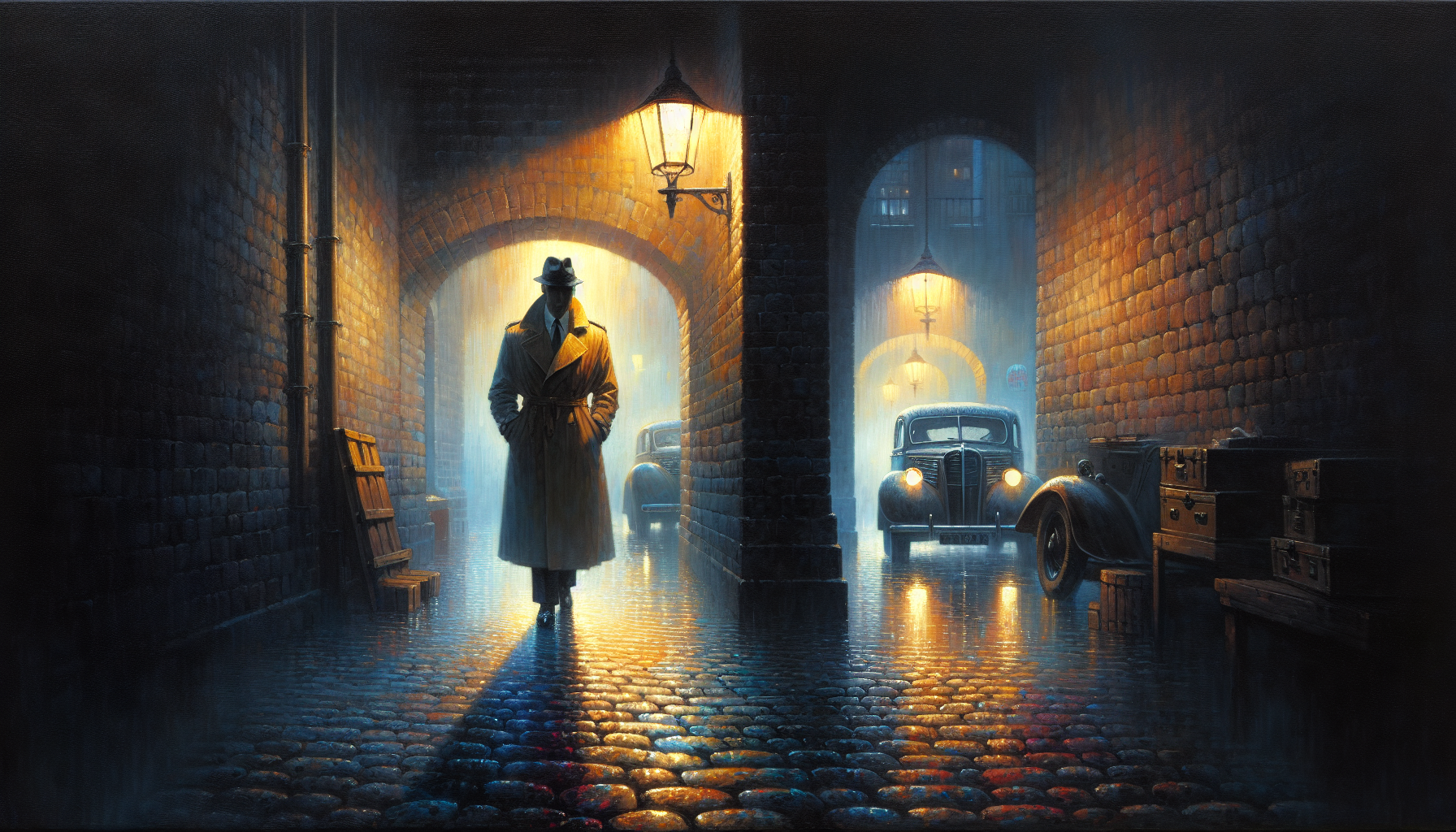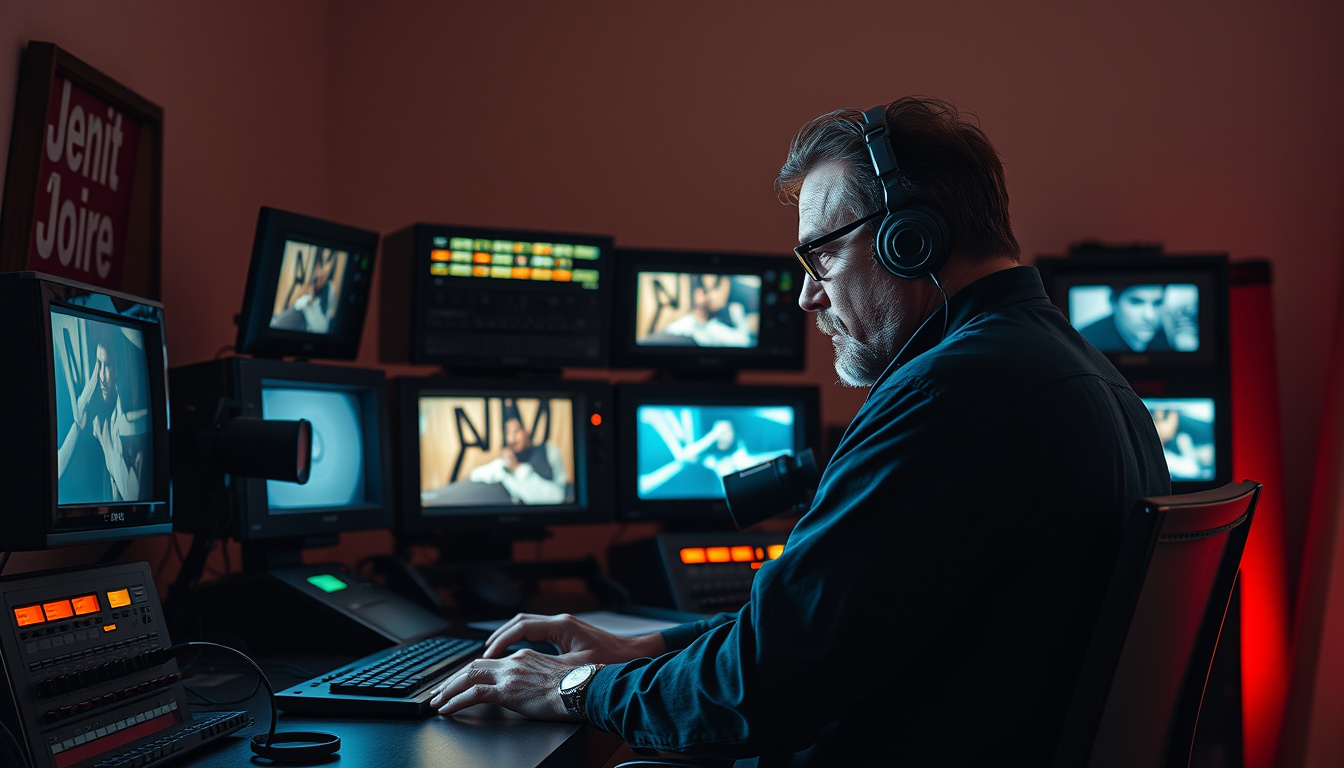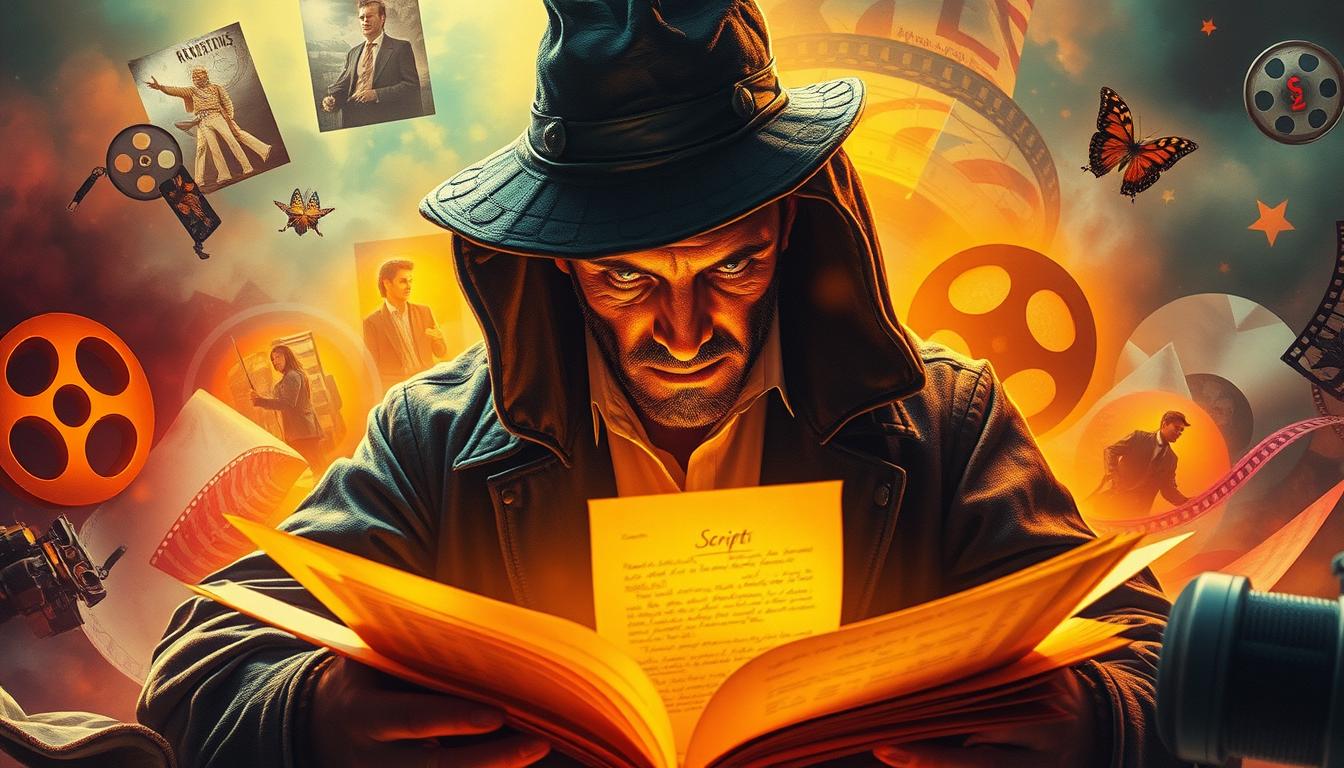
Step Into the Shadows: The Allure of Film Noir
Ah, film noir! A genre shrouded as much in shadow as in mystery. If you’ve ever stumbled upon a black-and-white cinematic piece with a hard-boiled detective narrating his woes, a femme fatale lurking in the background, and enough cigarette smoke to warrant its own weather system, then you, dear reader, have been graced by the moody magnificence of film noir.
What Is Film Noir, Anyway?
Literally translating to black film or dark film in French, film noir is not just about low-key lighting and grim urban settings; it’s a full-on mood. Originating in the early 1940s, this genre takes a deep dive into the more pessimistic aspects of the human experience. Crime, moral conflict, and a hefty dose of cynicism are the bread and butter of these films. Think of it as the cinematic equivalent of a bleak, rainy day—somehow dismal yet deeply satisfying.
The Birth of a Shadowy Phenomenon
Post-World War II America wasn’t just about prospering suburbia; it was also a time of profound disorientation and existential dread. Film noir mirrored this societal angst. The genre likely kicked off with movies like The Maltese Falcon (1941), where Humphrey Bogart taught us all how to wear a fedora and look troubled yet dashing. This film not only set a benchmark for mysterious plots but also introduced a visual style that became emblematic of noir—a chiaroscuro tapestry, weaving light and dark, to highlight the tumult within and around the characters.
Key Elements of Noir Style
Let’s talk aesthetics—the true essence of film noir’s charm. The visuals in noir are not just about setting the scene; they’re about setting the psyche of the viewer. High contrast lighting, night scenes, tilted camera angles, and shadows that seem to have a life of their own, all contribute to a feeling of disorientation and unease.
And then there are the rain-slick streets, the smoky bars, and apartments that have seen better days. Every element in the frame is meticulously designed to evoke a sense of brooding introspection and imminent danger. It’s like stepping into a visual poetry session, where every shadow whispers secrets.
Iconic Masters and Masterpieces
The Directors Who Crafted Darkness
No discussion of film noir is complete without bowing down to the directors who sculpted this genre into art. Billy Wilder’s Double Indemnity (1944) is a masterclass in suspense and moral ambiguity, featuring an insurance salesman who gets entangled in a murder plot. Then there’s Robert Siodmak’s The Killers (1946), which pulls you into a lethal tale of fate and pessimism right from the opening scenes.
Let’s not forget Alfred Hitchcock, though not a noir purist, dabbled brilliantly in its elements with Shadow of a Doubt (1943). His ability to mingle suspense and psychological depth makes the film a textbook example of how noir influences other cinematic storytelling techniques.
Leading Faces of Noir
A dark alley is nothing without a brooding antihero and a mysterious lady. Humphrey Bogart, with his gruff charm and existential woes, became the face of noir heroes. Meanwhile, actresses like Lauren Bacall and Barbara Stanwyck brought to life some of the most complex and compelling female characters in cinema history, blending allure with ambiguity.
The Legacy and Evolution of Film Noir
While the traditional phase of film noir might have dimmed by the late 1950s, its influence is anything but forgotten. Neo-noir, a term that sounds as cool as the films it describes, took the classic elements of noir and mixed them with modern themes and visual techniques. Movies like Blade Runner (1982) and L.A. Confidential (1997) show us that shadows never die; they just shift shapes.
From stark black-and-white to dazzling color, the core of film noir continues to thrive, depicting worlds where the most luminous thing might just be the gleam of a gun in the dim light. So grab your trench coat, light up a cigarette (actually, maybe don’t—those things are lethal!), and prepare to walk the morally ambiguous streets of film noir. Whether it’s the classic foreboding of the 1940s or the stylized suspense of contemporary cinema, film noir remains a cornerstone of cinematic innovation and a journey into the shadows of the human soul.






